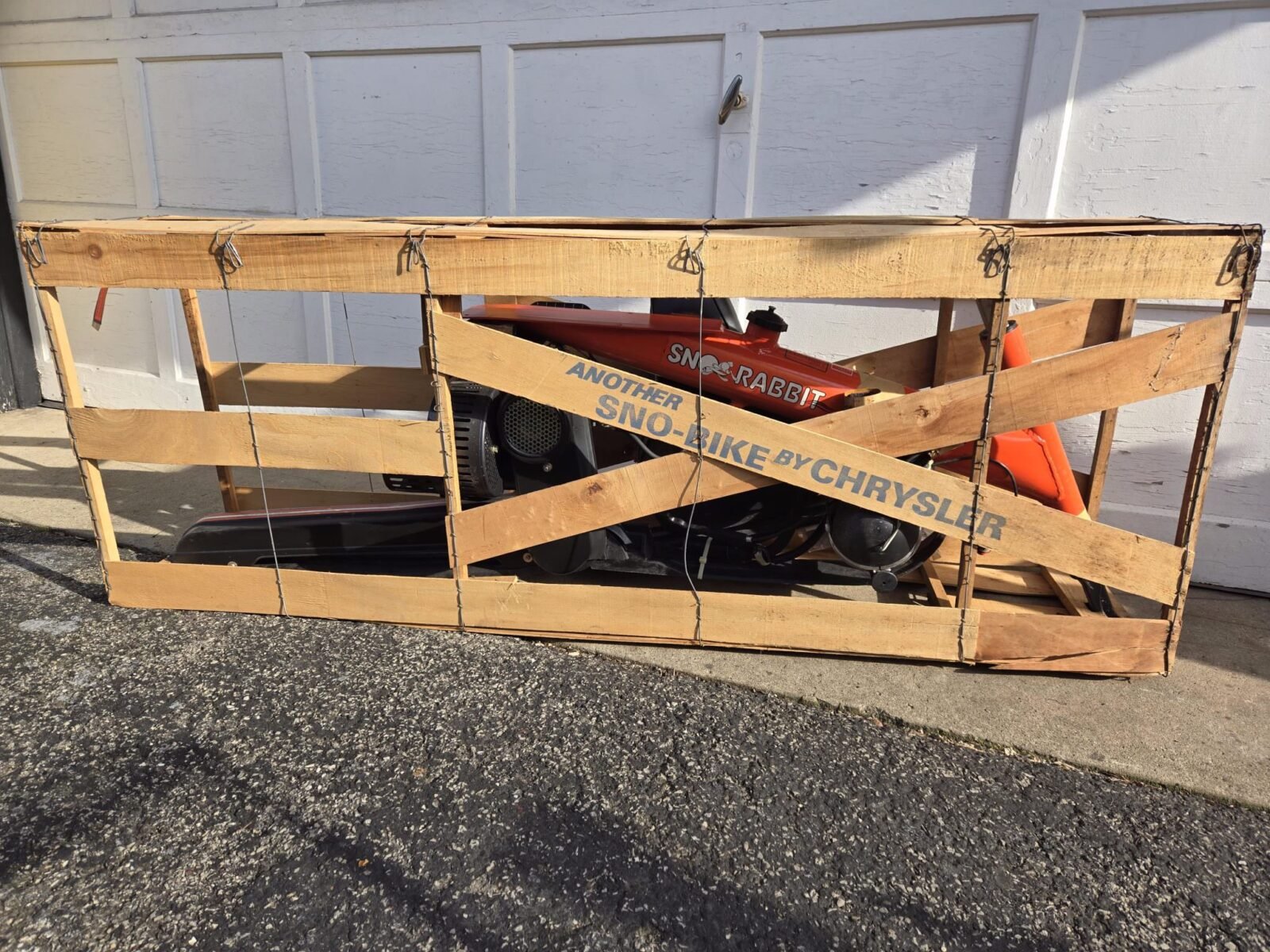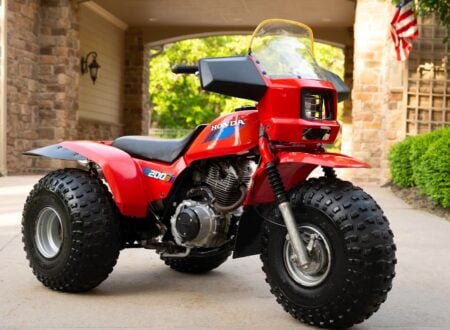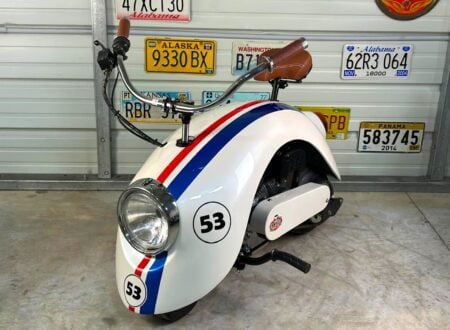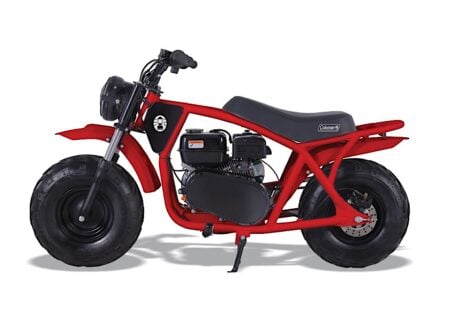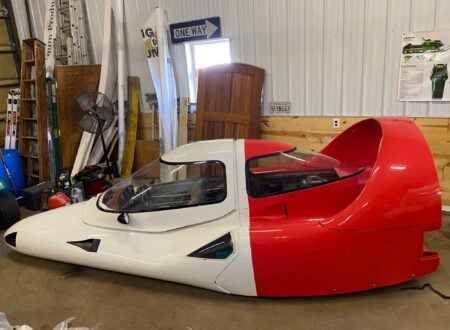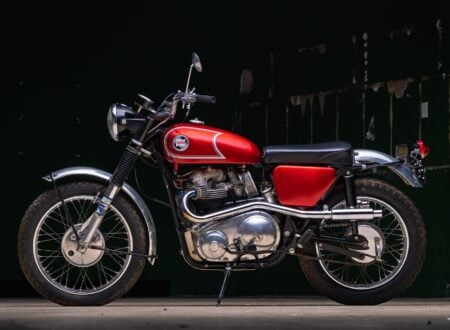This is the first Chrysler Sno-Runner we’ve ever seen that’s in completely unused condition, because it’s never been removed from its original factory crate. The Sno-Runner is essentially a motorized snow-bike that debuted in 1979.
Apparently, the reason this Sno-Runner remained in its crate is that the person who bought it carefully hid it away out of his spouse’s view to avoid an argument. The first owner’s loss could now be your gain, as it’s currently being sold out of Glen Ellyn, Illinois.
Fast Facts – The Chrysler Sno-Runner
- The Chrysler Sno-Runner is a motorized snow-bike, first introduced in 1979, designed for compacted snow and graded trails. Lightweight at just 71 lbs, it has a tubular aluminum frame, 134cc two-stroke engine, a single-speed transmission, a centrifugal clutch, and disassembles quickly, making it convenient for storage and transportation.
- Chrysler initially developed the Sno-Runner to tap into the growing off-road vehicle market. Despite its affordability at $699 (around $3,020 today), it was underpowered, with a 7 bhp engine limiting its top speed to 25 mph. It struggled in deep snow and saw limited production, ending in 1982.
- Originally tested for military use, the Sno-Runner’s connection to the military was minimal. It began as a design from Kioritz under the Echo name, then refined by Chrysler with improved reliability and mass-production suitability. Modifications by owners have since improved its power and usability.
- This 1980 Chrysler Sno-Runner featured remains in its original factory crate, making it a rare collector’s item. These bikes have become popular among enthusiasts, with some increasing engine power for higher speeds. Though few Sno-Runners survive today, they hold a dedicated following in the U.S.
The Chrysler Sno-Runner: A History Speedrun
There is a lot of conflicting information about the origins of the Sno-Runner, some claim it was developed at the behest of the US Military to provide a lightweight transport unit for soldiers in snow. Although there was some early military involvement, and it was tested by the military, it now seems the connection was tenuous at best.
Above Video: This is an original Chrysler promotional video for the Sno-Runner. It shows the vehicle in action, both solo and in groups, and it’s all set to 70s-style upbeat backing music.
The first prototypes of the vehicle that would eventually become the Chrysler Sno-Runner were invented in the United States and first put into production by the American arm of the Japanese Kioritz company under the Echo name. After a few thousand sales, far fewer than had been projected, the vehicle left production.
The Design Is Picked Up By Chrysler
Somehow, the idea then ended up on an executive’s desk at Chrysler, and wouldn’t you know it, Chrysler just happened to be looking for a silver bullet to save them from an impending bankruptcy. The explosive success of Japanese minibikes, snowmobiles, and early three-wheeled ATVs made it seem like anything was possible in the miniature off-road market, and Chrysler decided to bet the farm on the Sno-Runner.
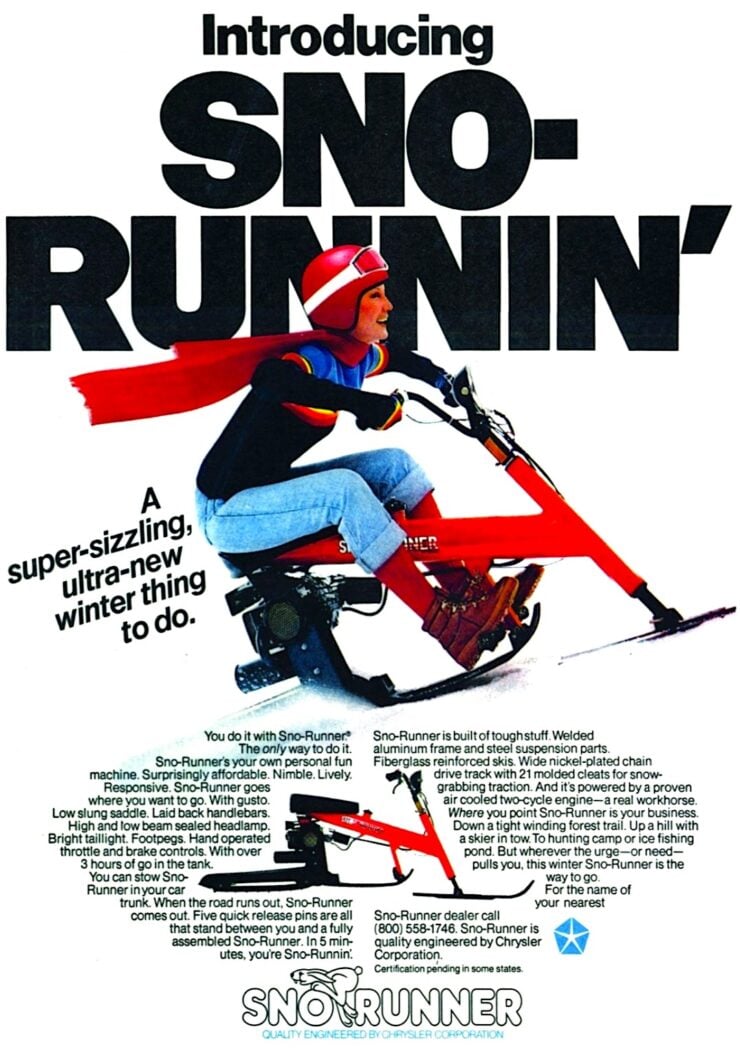

The engineering project manager was Steve Quick, still a relatively new hire at Chrysler. He went over the original design with his team, and they fine-tuned it significantly to make it more reliable, and better suited to mass-production.
The design was remarkably simple, with an tubular aluminum frame that doubled as the fuel tank, a single seat, a ski up front for steering, a small-ski amidships for stability, and a tracked rear for propulsion. Power for the Chrysler Sno-Runner would be provided by a 134cc 8 bhp two-stroke engine sourced from the West Bend company, which Chrysler had bought in the 1970s.
With a curb weight of just 71 lbs, the Sno-Runner could be disassembled in seconds using its five quick-release pins and stored almost anywhere, even the trunk of a subcompact car.
The controls were simple and effective, the right grip was the throttle and the rear brake lever was on the left, and it had a single-speed with a centrifugal clutch – it could essentially be ridden by almost anyone, with any level of experience.
The Big Problem With The Sno-Runner
Perhaps the single largest issue is that the Sno-Runner was widely regarded as being underpowered. The engine had been detuned to 7 bhp, which may not seem like much of a downgrade from 8 bhp, but at this level every horsepower counts. The top speed was 25 mph, and the Sno-Runner was only really usable on compacted snow and graded trails, it was essentially useless in deep snow and fresh powder.
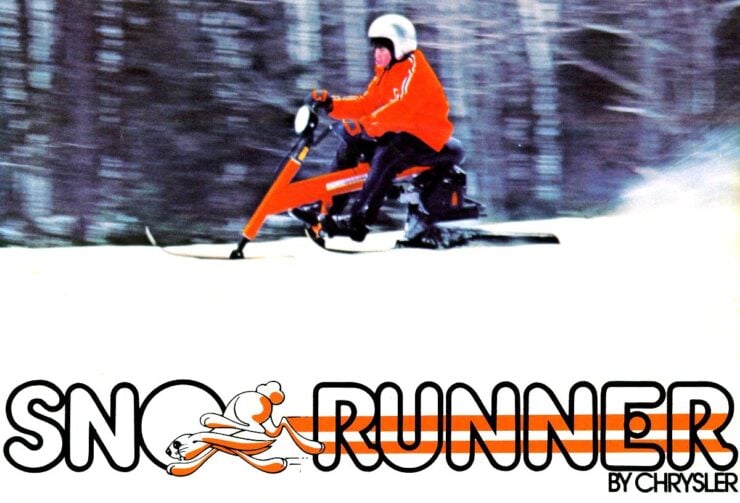

Sakes began in 1979 with an MSRP of $699 USD, or approximately $3,020 USD in 2025 dollars, and while this was a lot less than a comparable snowmobile, it was still a sizable chunk of change.
Chrysler dealers struggled to sell them, and by 1982 production was shutdown. Over the course of production a number of names were used, including Sno-Runner (the most common), Sno-Bike, and Sno-Rabbit.
It’s not known exactly how many survive. We do see them pop up for sale occasionally on platforms like eBay and Bring a Trailer, and there is a sizable community dedicated to them in the United States.
Owners have modified the engines for more power, increasing the top speed to 45 mph in some cases and solving the one big issue that faced the Sno-Runner.
The Crated 1980 Chrysler Sno-Runner Shown Here
The Chrysler Sno-Runner you see here is a 1980 model that remains in its original factory crate – a fact that’ll make it very interesting for collectors and Sno-Runner enthusiasts.
Although not many Sno-Runners were made by Chrysler in-period, they have become hugely popular in recent years and they’re commonly featured on social media platforms like Instagram, with comment sections full of people asking what on earth it is, and where they can get one.
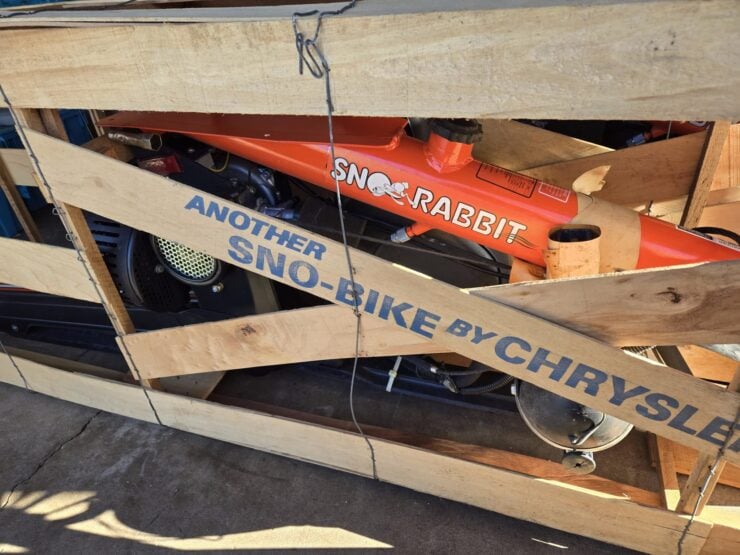

As mentioned in the introduction, the reason this Sno-Runner was left in the crate is that is was bought without spousal approval and then quickly hidden away to avoid an argument. It remained hidden for decades, and has only recently come to light.
It’s now being offered for sale out of Glen Ellyn, Illinois on Bring a Trailer and it comes with a bill of sale. If you’d like to read more about it or register to bid you can visit the listing here.
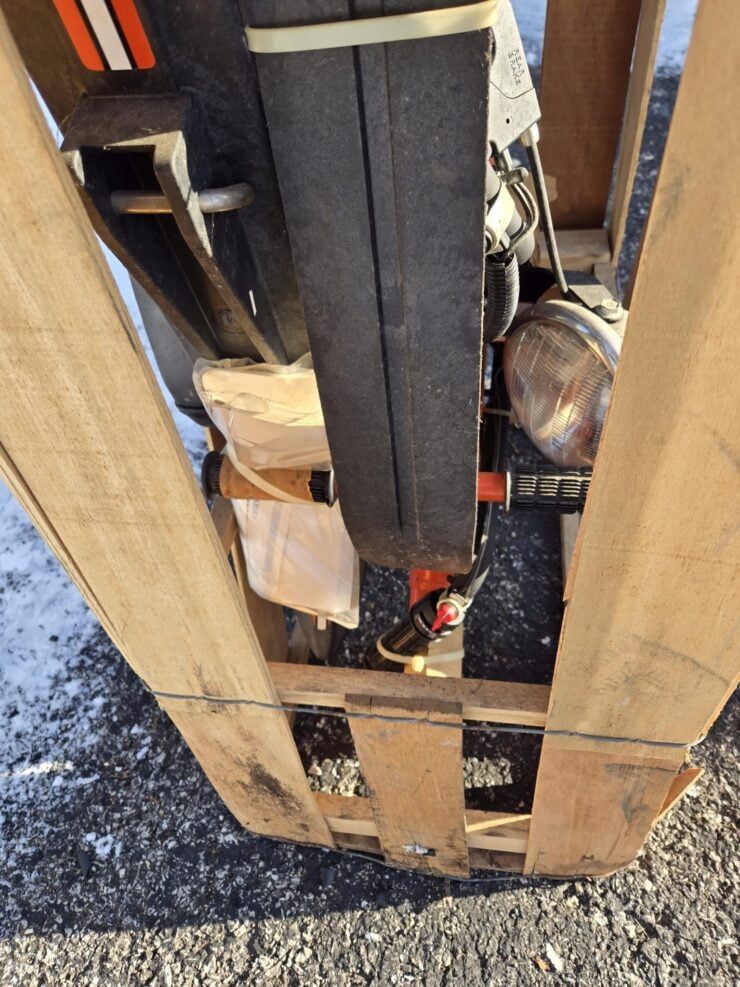
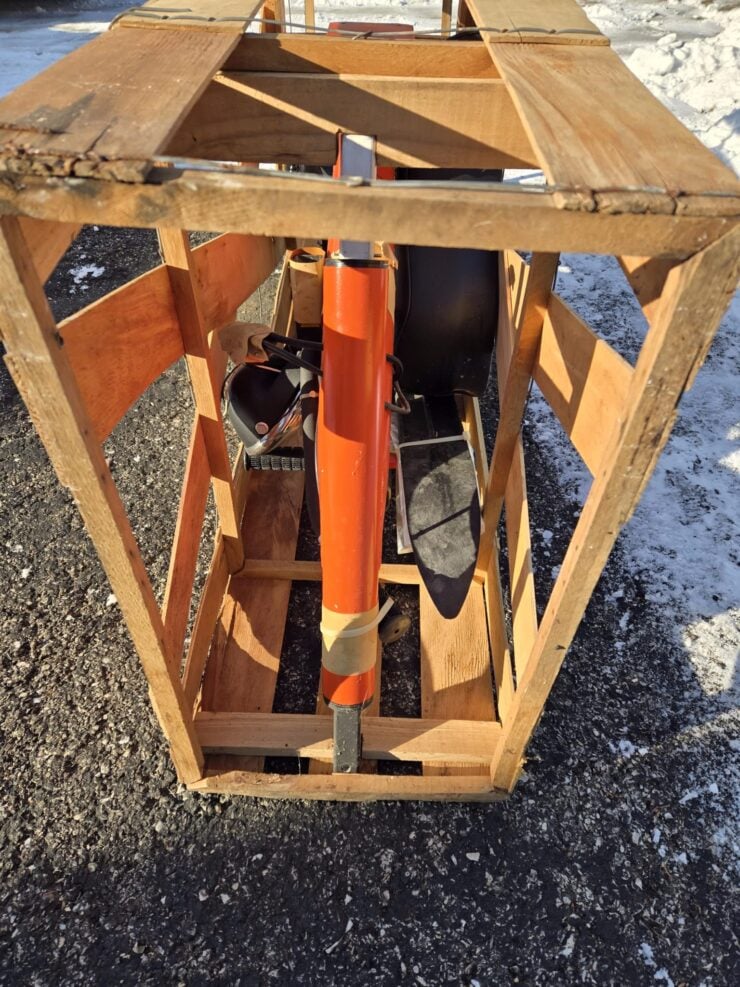
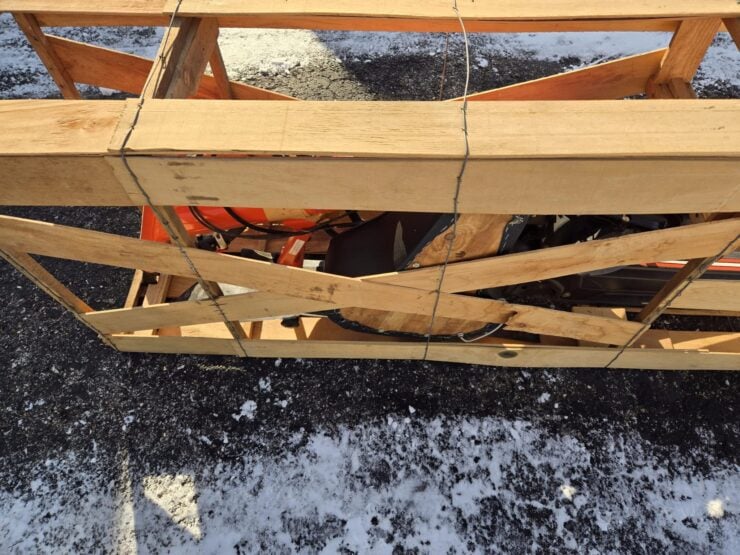
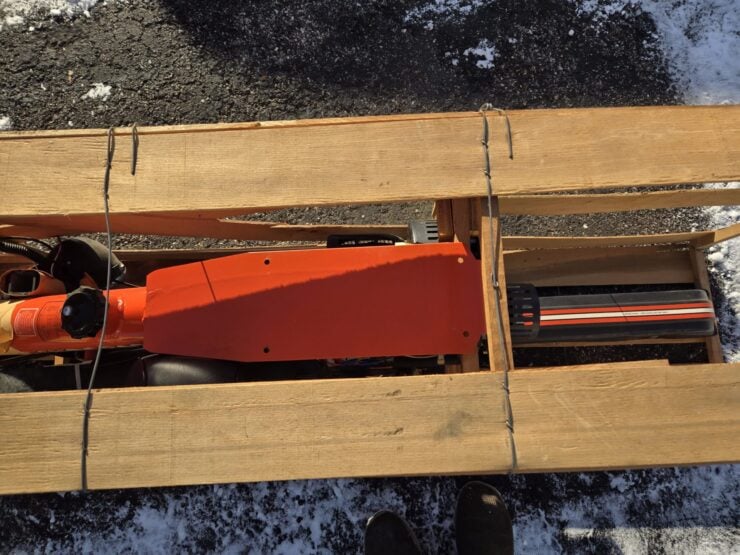
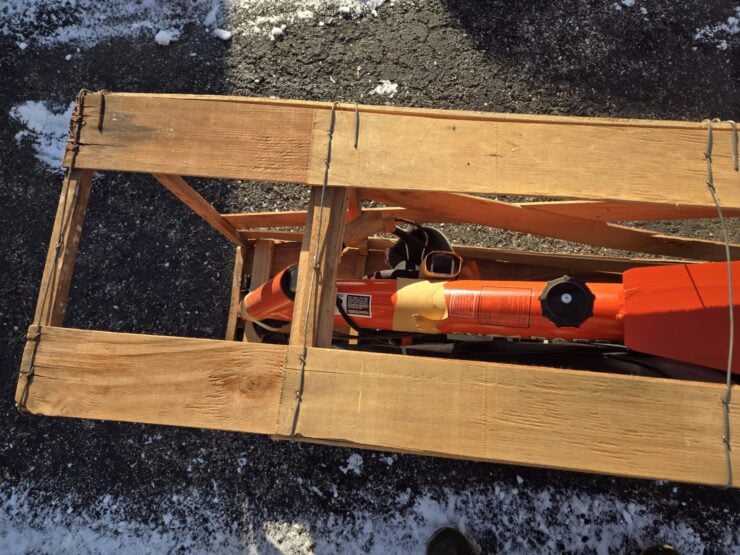
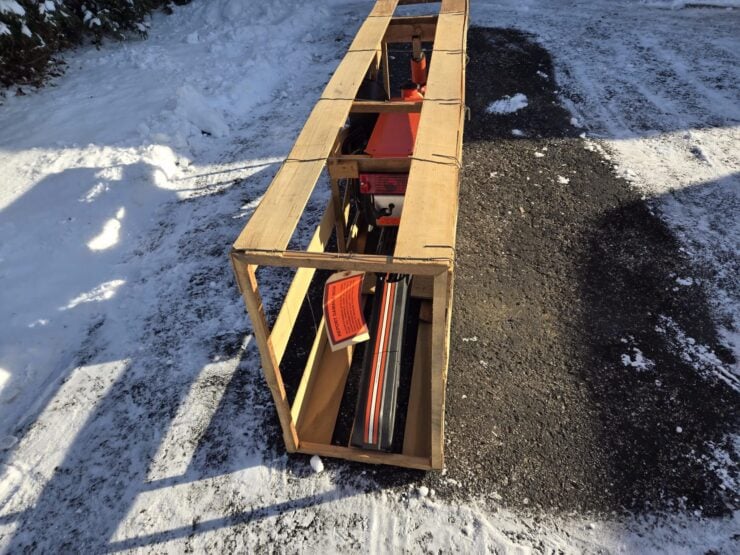
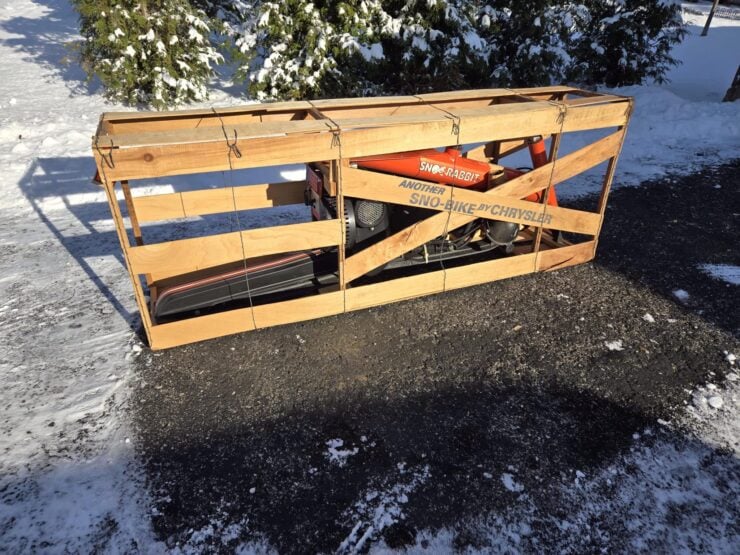
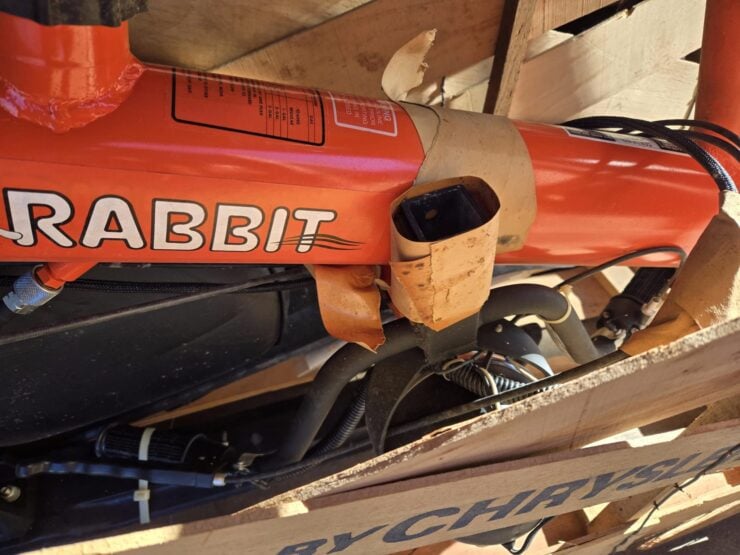
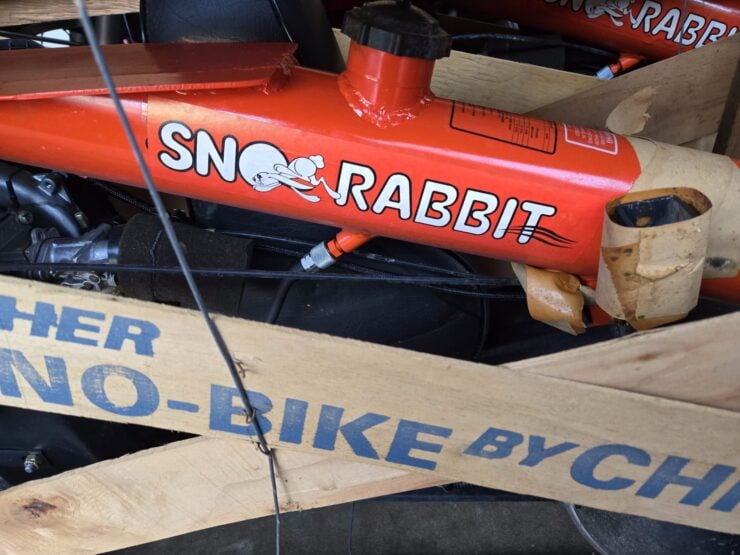
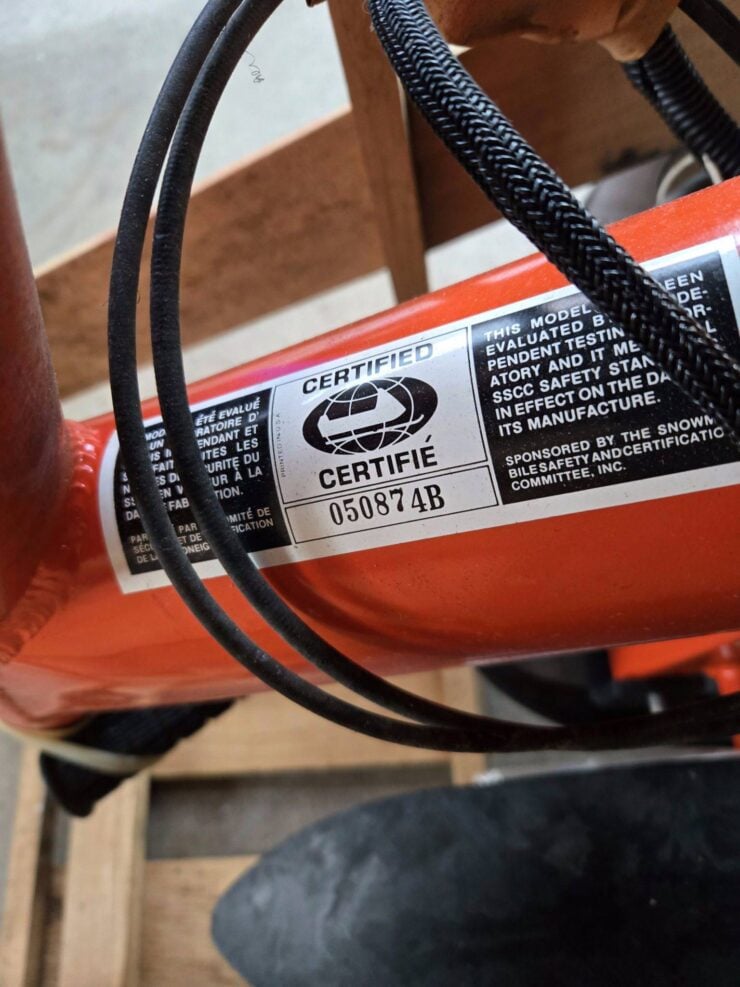
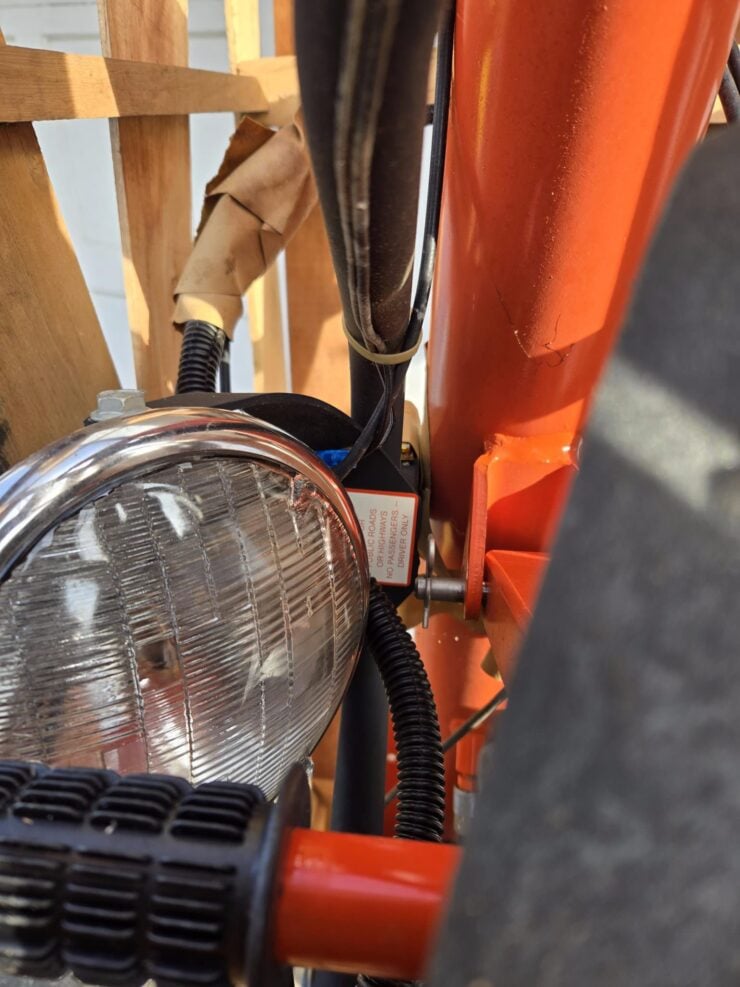
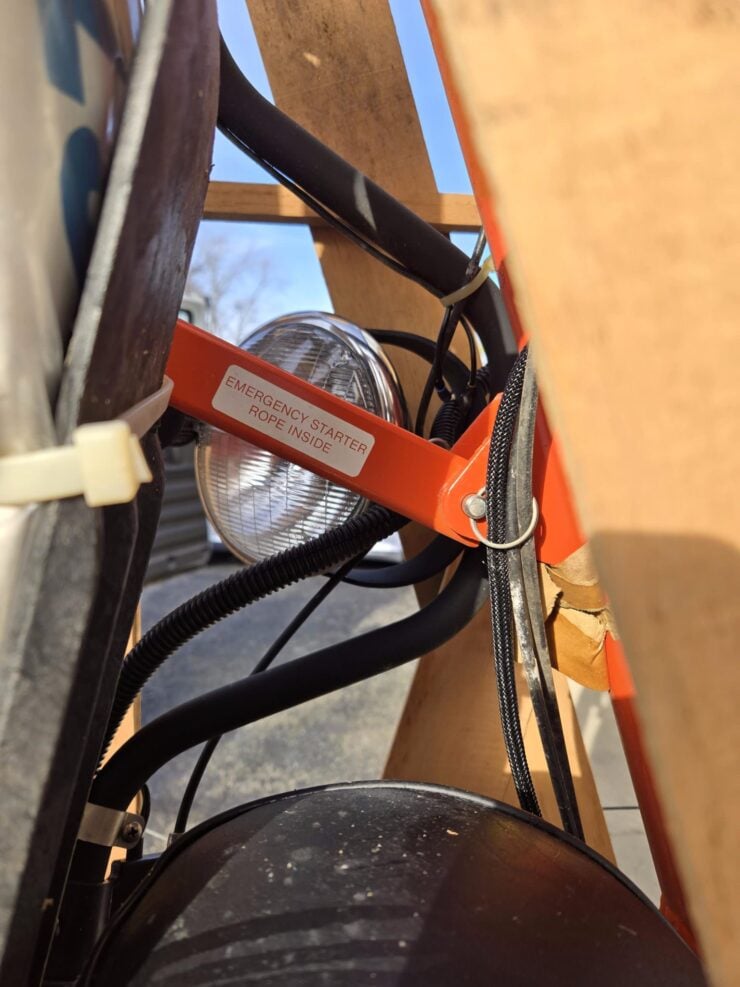
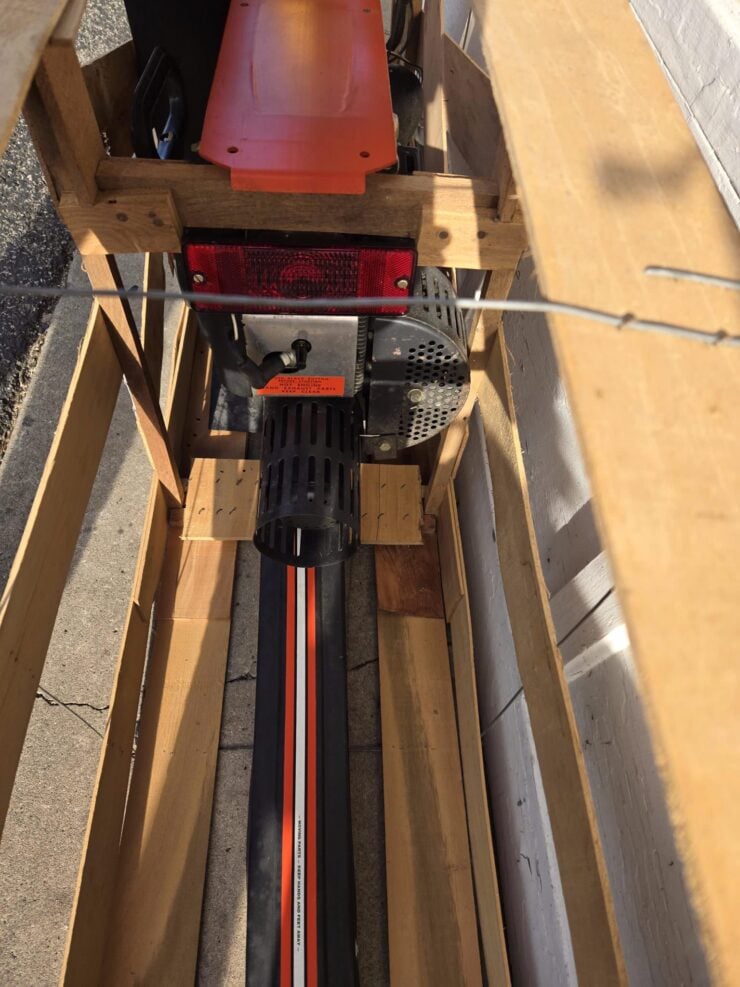
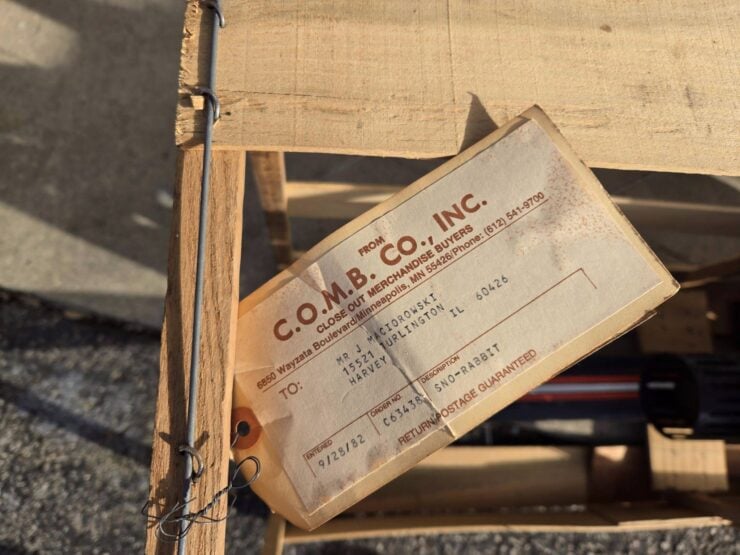
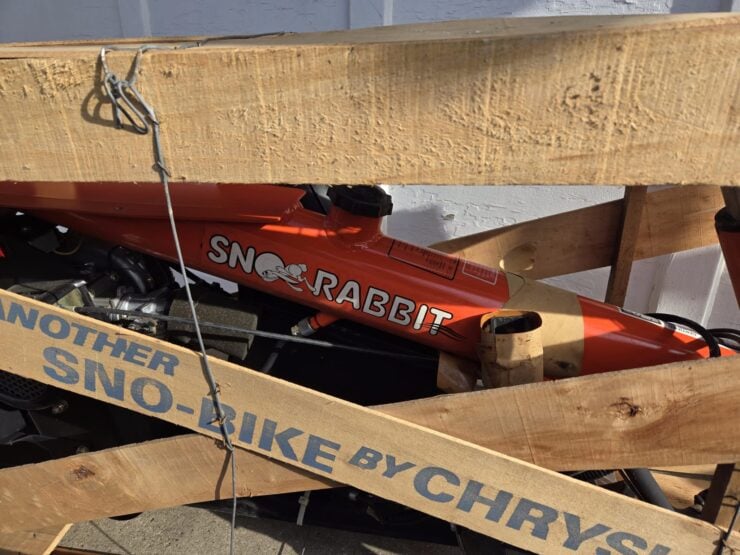
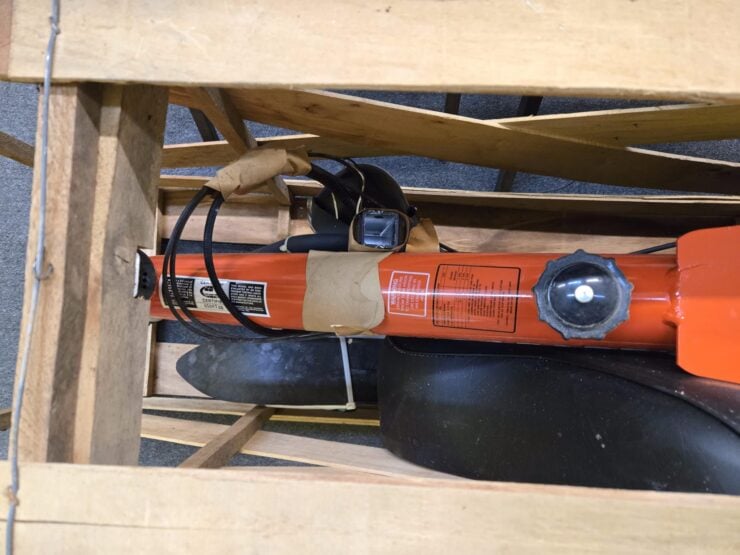
Images courtesy of Bring a Trailer

